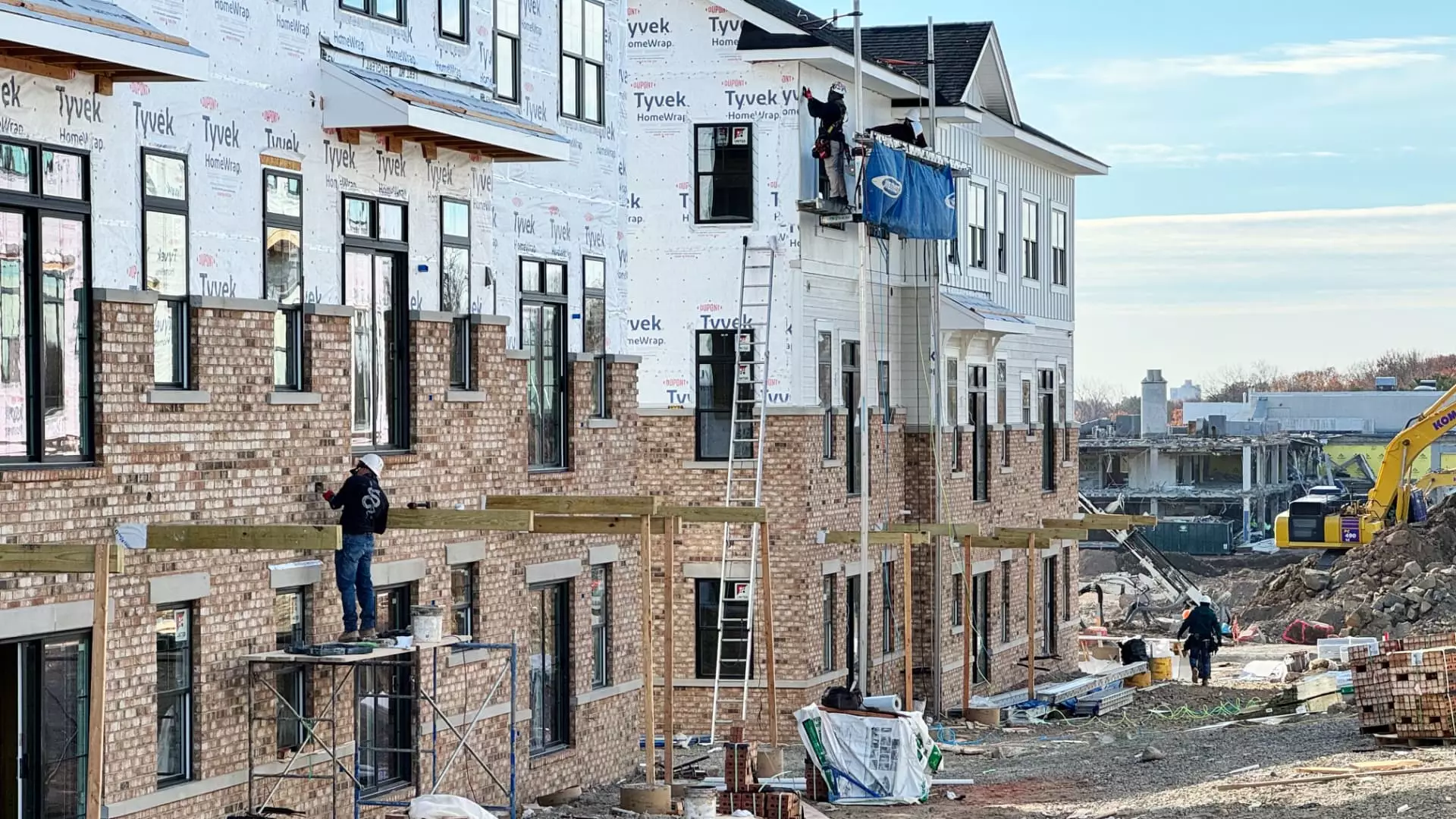As President-elect Donald Trump steps into his new economic role, one pressing issue looms large: inflation. Among the many variables that contribute to inflation, housing costs hold a unique significance; they account for a substantial portion of the Consumer Price Index (CPI). Recent data from the November CPI report reveals a complex picture for the housing sector, indicating a potential path for inflation moderation, albeit fraught with challenges.
The report highlighted mixed results regarding housing costs, which represent approximately one-third of the inflation index. On a positive note, housing saw its smallest yearly increase since early 2022, providing a glimmer of hope for inflation watchers. Additionally, two major rent-related components experienced their most minimal monthly gains in over three years, suggesting a potential easing of rising costs in the rental market.
However, these gains must be viewed through a critical lens. The annual increase in housing costs remains elevated at 4.7%. Such a rate is significant, as it harks back to levels not seen since the early 1990s—a time when CPI inflation hovered around 5%. This continued inflation in housing represents approximately 40% of the overall monthly price rise, outpacing even food costs. With a CPI annual rate edging up to 2.7%, and even higher when food and energy are excluded, the federal government’s goal of a 2% inflation target appears increasingly elusive, particularly in the face of stubborn shelter inflation.
Economists forecast a gradual decrease in year-over-year rent growth, but the timeline remains uncertain. Lisa Sturtevant, chief economist at Bright MLS, expressed concerns about the prolonged duration of elevated rent prices, indicating that the normalization process feels slower than anticipated. Despite some signs of moderation, rent inflation remains a significant hurdle to overcoming the broader inflation landscape.
The current housing cycle has been characterized by prolonged supply shortages, a situation exacerbated by the disruptions caused during the COVID-19 pandemic. Data from Realtor.com shows housing supply currently stands at about 17% below levels seen five years ago. Consequently, despite a slight dip in average national rent—reported at $2,009 for October—the overall increases have been substantial; rents have surged by about 30% nationally over the past four years.
High interest rates pose yet another challenge for the housing market. Although the Federal Reserve has recently made some cuts to its benchmark borrowing rate, mortgage rates have remained stubbornly high. The disconnect between Federal Reserve policy and the mortgage market complicates the situation, as elevated borrowing costs continue to exert pressure on housing affordability.
This relationship between interest rates and housing costs underscores the difficulties facing the incoming administration. Potential economic policies anticipated from Trump—such as tax breaks and tariffs—may further exacerbate inflationary pressures, leading to skepticism about the achievement of the Federal Reserve’s inflation target.
During his campaign, Trump emphasized deregulation as a central part of his economic agenda. Should his administration pursue policies focused on expediting construction and reducing regulatory hurdles for homebuilders, there could be long-term benefits for housing supply. Opening federal lands for construction might stimulate new developments in urgent need, potentially easing housing shortages and curbing rent growth.
However, the urgency of the current situation can’t be overstated. Sturtevant articulated the paradox confronting policymakers: “We’re not going to drop rates until shelter costs come down. But shelter can’t come down until rates are lower.” This cyclical condition presents a formidable challenge for the Trump administration as it seeks to balance immediate inflationary pressures with long-term solutions.
As President Trump prepares to address the dual challenges of inflation and housing affordability, a careful analysis of the current economic indicators suggests a complex landscape. The recent CPI report offers a mix of tentative optimism and significant challenges. While housing costs show signs of moderation, they remain a key driver of inflation, complicating efforts to achieve a more stable economic environment.
Ultimately, the effectiveness of Trump’s economic policies will largely depend on whether his administration can navigate the intricate interplay between housing supply, interest rates, and inflation. Striking a balance that fosters economic growth while addressing immediate rental pressures is essential for long-term stability in the housing market and the broader economy.

